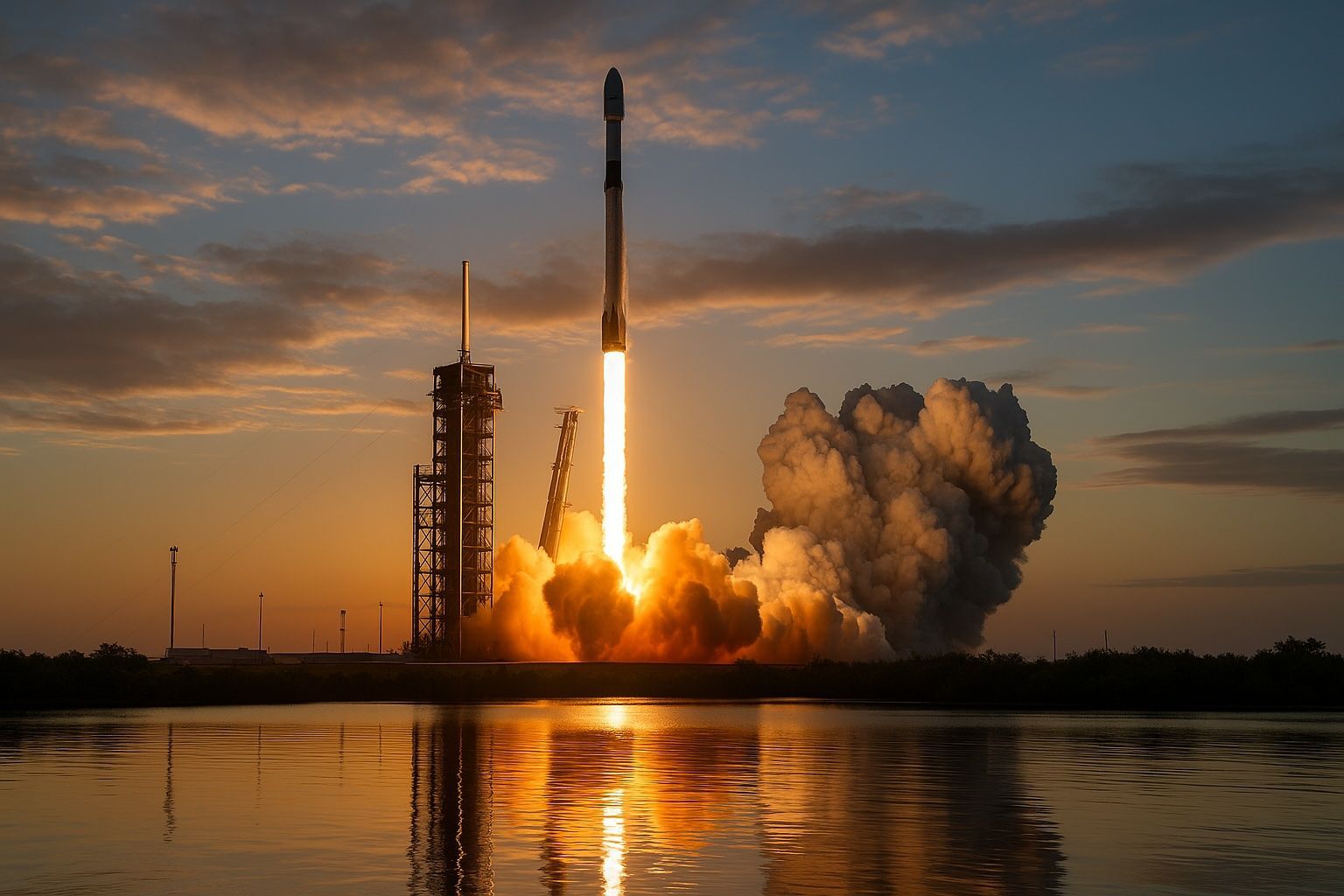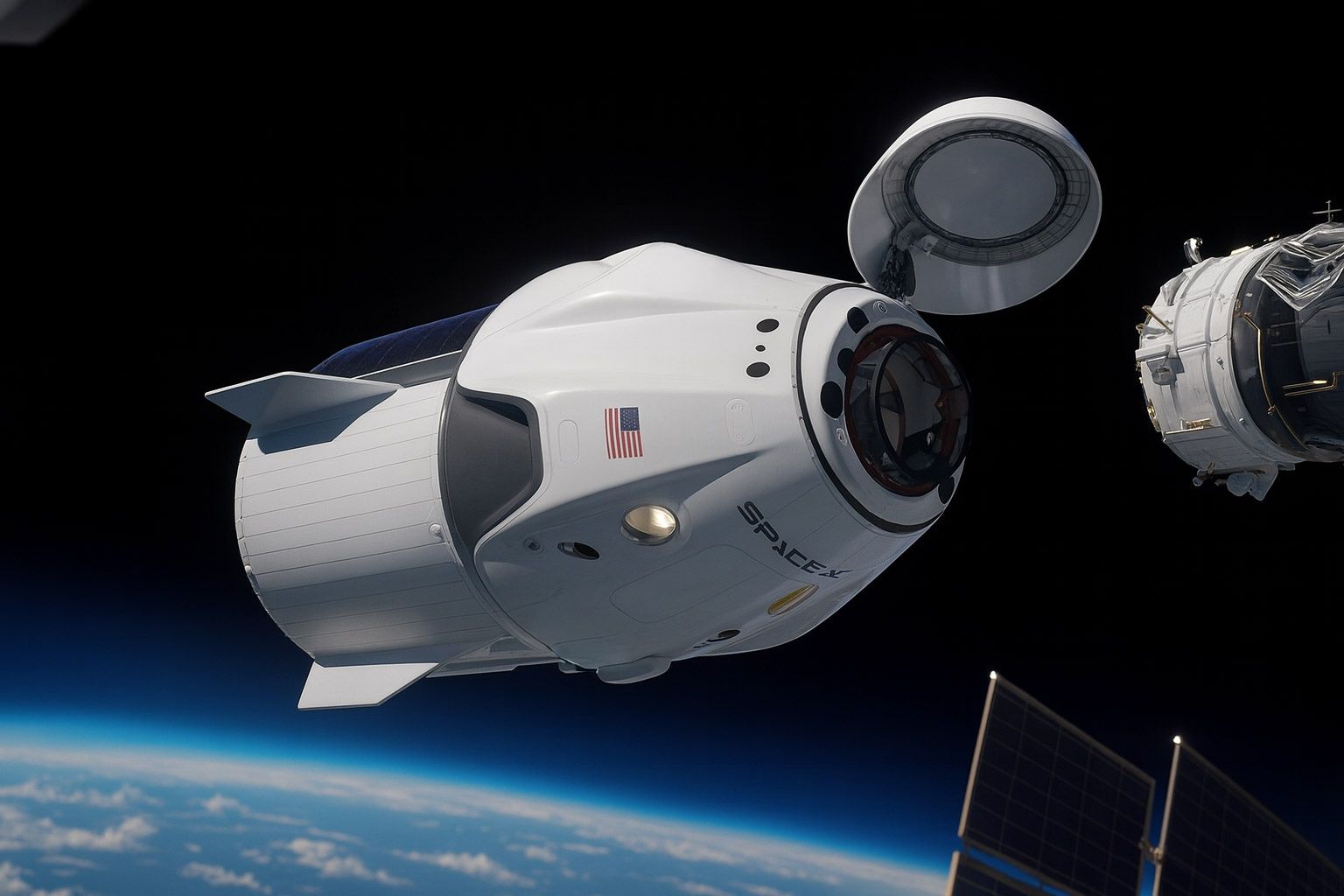
Starship Soars, iPhone Air Hinted, $23B Spectrum Shock – Tech News Roundup (Aug 26–27, 2025)
Apple Preps New iPhones and More for Sept 9 Event Apple officially sent out invites for a September 9 event at its Cupertino headquarters, where it’s expected to unveil its latest slate of devices reuters.com. Topping the list will be new










